
THE ANIMATION TEXT BOOK
This introductory textbook provides practical exercises to help students and beginner animators get to grips with the basics of creating animated films. It covers both traditional 2D and 3D animated film, as well as experimental and computer animation.
The first part of the book includes exercises colour-coded by difficulty to guide readers through the activities as they become more challenging. The second part of the book focuses on development, pre-production, production, and post-production to assist you with making your animated films feel more professional. The book also includes information and guidance on how to easily create animation using only a mobile phone.
This book will be helpful to all students and newcomers looking to gain a grounding in the basics of animated film.
Rao Heidmets is an Estonian animated film director, producer, and scenarist. Rao runs animation workshops that teach how to create animation easily through the use of mobile phones.
Rao Heidmets
THE ANIMATION TEXT BOOK

First edition published 2023
by CRC Press
6000 Broken Sound Parkway NW, Suite 300, Boca Raton, FL 33487-2742
and by CRC Press
4 Park Square, Milton Park, Abingdon, Oxon, OX14 4RN
CRC Press is an imprint of Taylor & Francis Group, LLC
2023 Rao Heidmets
Reasonable efforts have been made to publish reliable data and information, but the author and publisher cannot assume responsibility for the validity of all materials or the consequences of their use. The authors and publishers have attempted to trace the copyright holders of all material reproduced in this publication and apologize to copyright holders if permission to publish in this form has not been obtained. If any copyright material has not been acknowledged please write and let us know so we may rectify in any future reprint.
Except as permitted under U.S. Copyright Law, no part of this book may be reprinted, reproduced, transmitted, or utilized in any form by any electronic, mechanical, or other means, now known or hereafter invented, including photocopying, microfilming, and recording, or in any information storage or retrieval system, without written permission from the publishers.
For permission to photocopy or use material electronically from this work, access www.copyright.com or contact the Copyright Clearance Center, Inc. (CCC), 222 Rosewood Drive, Danvers, MA 01923, 978-750-8400. For works that are not available on CCC please contact mpkbookspermissions@tandf.co.uk
Trademark notice: Product or corporate names may be trademarks or registered trademarks and are used only for identification and explanation without intent to infringe.
ISBN: 978-1-032-38401-6 (hbk)
ISBN: 978-1-032-38338-5 (pbk)
ISBN: 978-1-003-34486-5 (ebk)
DOI: 10.1201/9781003344865
Publishers note: This book has been prepared from camera-ready copy provided by the authors.
Table of Contents
Introduction, or Instructions for Using this Book
There are lots of things in life that you have to do first before learning them. Thats how it is with animation as well: first do it and if you start liking it, take a closer look at how to do it.
That is how this textbook is structured as well. In the first part, we seize the bull by the horns and start making films ourselves right away. There are exercises for each type of film that are divided into three levels of difficulty. Different level exercises are marked by colours: the first level is on a yellow background, the second on a blue background, and the third and most difficult level is on a green background.
When you have felt the magic of animating with your own hands, seen your fantasy coming to life on the screen and if you still like it, you will find an abundance of information in the second part of this textbook on how to make your films more professional.
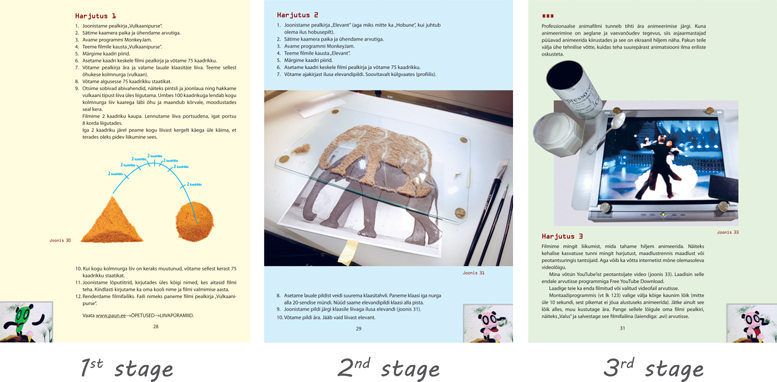
Part 1. Lets make an animated film ourselves

Figure
About Animation
Cinema is an optical illusion. We see movement in films but we are actually shown motionless pictures.
All films that we watch in movie theatres consist of series of pictures. There are 24 pictures in one second (). They are all motionless pictures.

This is one second of film.
Every picture is displayed on the screen before our eyes for an instant, then the screen goes black and at that moment, the picture is replaced by the next one, and so on 24 times each second.
So the screen goes black 24 times in a second and a new picture appears on the screen 24 times in a second. According to this description, you might get the impression that a horrendous flashing and dizzying whirl of pictures takes place in the movie theatre, but luckily, human eyesight works in a way that we do not see that flashing. Instead, we perceive the pictures that are shown as a uniform moving sequence. And if those pictures differ slightly from one another, we see that difference as motion.
Now if somebody gets the idea that you could make a film with a photographic camera, that is a very smart idea. You really can.
To make a live-action film with a photographic camera, your finger has to be super-fast because you have to take 24 pictures in a second. But animated films are made like you would with a photographic camera one picture at a time. Next we will take a closer look at exactly how animated films are made and we will start making them ourselves.
Animation is what we call an assemblage of pictures taken one frame at a time that creates the illusion of movement when it is shown again. Animation comes from the Latin word animatio, which means to bring to life, to give life to something. That is exactly what animation is. We can bring everything to life through animation: a rusty nail, a drawn picture or a dried fly.
As always, every country wants to be the first in everything. Thus there is a lot of intense research and rummaging in the field of animation as well to see whose work was the earliest. At the moment, it is thought that the Frenchman mile Cohl made the worlds first completely animated film in 1908. The title of the film is Fantasmagorie.
Watch this film at www.paun.ee VIEWFantasmagorie.
Convictions change according to how things that have been lost over time are found again. Surely there were clever animation enthusiasts at the same time in Estonian farms and city homes as well whose work and activities we do not know about yet. Look carefully through your attics and outbuildings. You might find some traces of what those people did. Bring everything you find to school and from there they will go to the Estonian Film Museum.
The oldest Estonian animated film that we know about to date is Kutsu Juku seiklusi (The Adventures of Juku the Puppy) from 1931. Pieces of this film were found by chance years later.
The art of film actually began with animation and now after a long, circuitous route it has arrived back at animation. Most films are put together nowadays by computer and there, work is done on each frame separately: just like series of pictures from several centuries ago already that tell stories. You can find out how animated films are made in the following chapters.
Next page

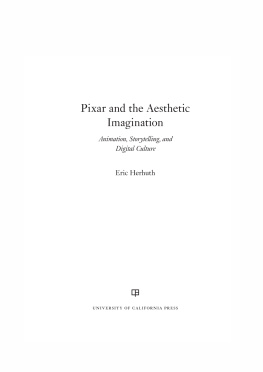
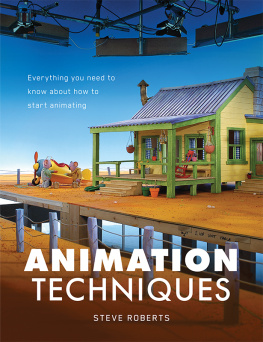

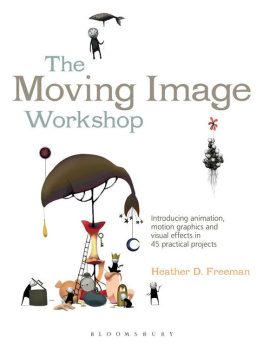

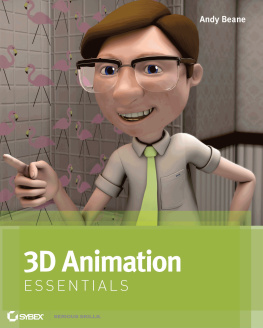
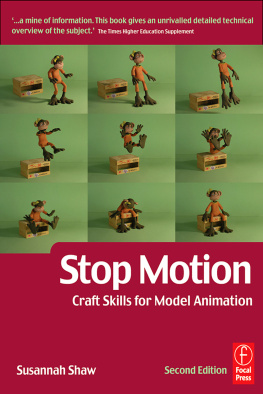



 Figure
Figure  This is one second of film.
This is one second of film.